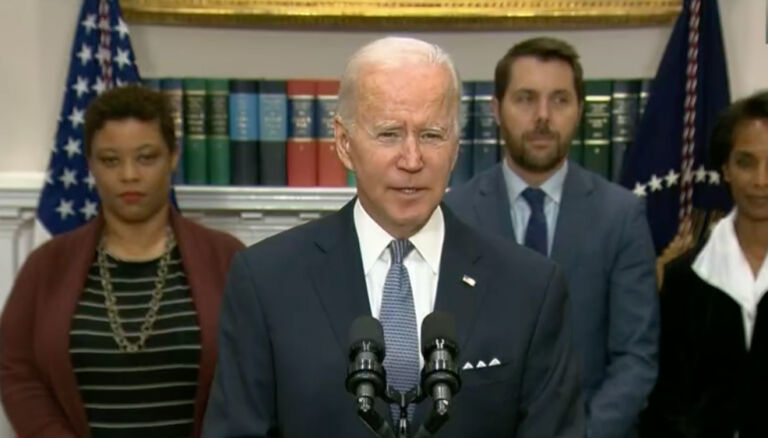The Journal of Trauma and Acute Care Surgery recently released a study of “Injuries associated with police use of force.” The study’s authors found that force was used in less than 1% of all arrests and in less than 0.1% of all call-outs, and that firearms were used in less than 0.5% of all use of force incidents. Summarizing these and other similar findings, they say:
Police UOF [use of force] is rare. When force is used officers most commonly rely on unarmed physical force and CEWs [Tasers]. Significant injuries are rare.
From the Abstract:
BACKGROUND Use of force by police can result in serious injuries and fatalities. The risk of significant injuries associated with different force modalities is poorly defined. We sought to determine the incidence of police UOF and compare the likelihood of significant injury with different force modalities.
METHODS A prospective multicenter observational study of all UOF incidents was conducted via mandatory UOF investigations at three mid-sized police agencies over a two year period. Expert physicians reviewed police and medical records to determine injury severity using a priori injury severity stratification criteria.
RESULTS There were 893 UOF incidents, representing a UOF rate of 0.086% of 1,041,737 calls for service (1 in 1167) and 0.78% of 114,064 criminal arrests(1 in 128). Suspects were primarily young (mean age, 31 years; range, 12–86 years) males (89%). The 1,399 force utilizations included unarmed physical force (n = 710, 51%), CEWs (504, 30%), chemical (88, 6.3%), canines (47, 3.4%), impact weapons (9, 0.6%), kinetic impact munitions (8, 0.6%), firearms (6, 0.4%), and other (27, 1.9%). Among 914 suspects, 898 (98%) sustained no or mild injury after police UOF. Significant (moderate or severe) injuries occurred in 16 (1.8%) subjects. Logistic regression analysis shows these are most associated with firearm and canine use. There was one fatality (0.1%) due to gunshots. No significant injuries occurred among 504 CEW uses (0%; 95% confidence interval, 0.0–0.9%). Of the 355 suspects transported to a medical facility, 78 (22%) were hospitalized. The majority of hospitalizations were unrelated to UOF (n = 59, 76%), whereas a minority (n = 19, 24%) were due to injuries related to police UOF.
CONCLUSION Police UOF is rare. When force is used officers most commonly rely on unarmed physical force and CEWs. Significant injuries are rare. Transport for medical evaluation is a poor surrogate for significant injury due to UOF.


